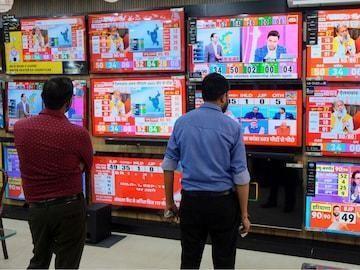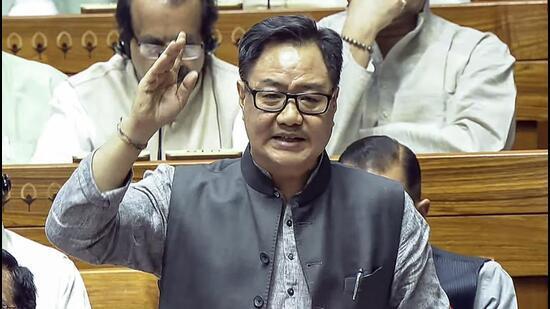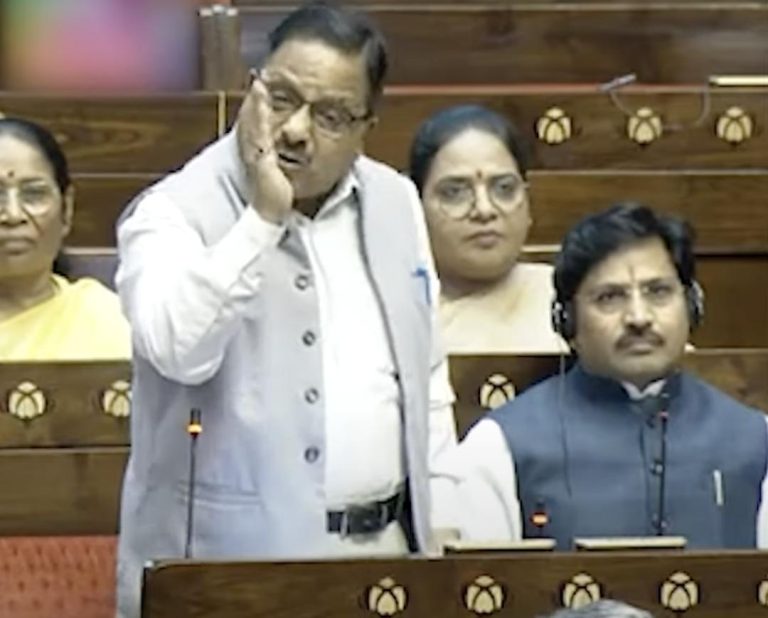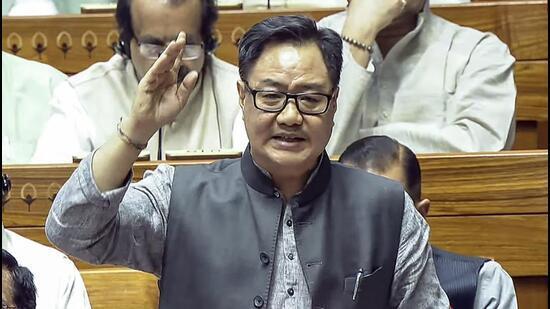
How Accurate were Delhi Exit Poll Predictions in 2015 & 2020?
Exit polls have become an integral part of the electoral process in India, providing crucial insights into the outcome of elections. However, their accuracy has often been questioned, especially in the context of Indian politics. In this blog post, we will examine the accuracy of exit poll predictions in the 2015 and 2020 Delhi Assembly elections.
In the 2015 Delhi Assembly elections, exit polls predicted a close contest between the Aam Aadmi Party (AAP), Bharatiya Janata Party (BJP), and Congress. According to the exit polls, AAP was estimated to secure 45 seats, BJP 24, and Congress one. However, the actual results saw AAP winning on 67 seats, leaving BJP with three and Congress with none.
The 2015 exit polls were conducted by several organizations, including NDTV, CNN-IBN, and News24. The predictions were based on surveys conducted among voters at polling stations across the city. While the exit polls did predict a strong performance by AAP, they underestimated the party’s actual tally by a significant margin.
In contrast, the 2020 Delhi Assembly elections saw a more decisive victory for AAP. Exit polls predicted that AAP would win 54 seats, while BJP was expected to secure 15. However, the actual results saw AAP winning 62 seats, with BJP winning eight.
The 2020 exit polls were also conducted by several organizations, including NDTV, CNN-IBN, and Republic TV. The predictions were based on surveys conducted among voters at polling stations across the city. While the exit polls did predict a strong performance by AAP, they underestimated the party’s actual tally by a smaller margin compared to 2015.
So, what explains the discrepancies between the exit poll predictions and the actual results? There are several factors that could have contributed to the inaccuracies.
One of the main factors is the sampling methodology used by the exit polls. Exit polls typically rely on a sample of voters who are selected at random from polling stations across the city. However, this sampling methodology may not always be representative of the entire electorate. For example, voters who are selected at polling stations may not be representative of the entire city, especially in areas where the turnout is low.
Another factor that could have contributed to the inaccuracies is the timing of the exit polls. Exit polls are typically conducted towards the end of the polling day, when the majority of voters have cast their ballots. However, this timing may not always be ideal, as it may not capture the views of voters who cast their ballots early in the day.
Additionally, the accuracy of exit polls can also be influenced by the quality of the data and the analysis used by the exit poll organizations. For example, if the data is incomplete or biased, it may not accurately reflect the views of the entire electorate.
Finally, another factor that could have contributed to the inaccuracies is the unpredictable nature of Indian politics. Indian elections are known for their unpredictability, with sudden shifts in voter sentiment and unexpected performances by parties. Exit polls may not always be able to capture these shifts, leading to inaccuracies in their predictions.
In conclusion, while exit polls can provide valuable insights into the outcome of elections, their accuracy is not always guaranteed. The 2015 and 2020 Delhi Assembly elections saw significant discrepancies between the exit poll predictions and the actual results, highlighting the limitations of exit polls in Indian politics. To improve the accuracy of exit polls, exit poll organizations need to refine their sampling methodologies, analyze high-quality data, and account for the unpredictable nature of Indian politics.
News Source: https://indianexpress.com/article/political-pulse/delhi-exit-polls-today-surveys-prediction-9818366/lite/




